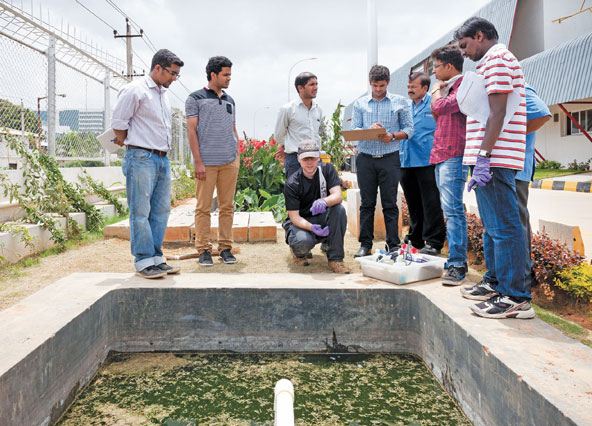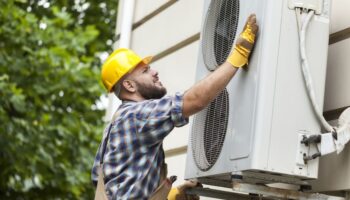All the pipeline systems fall amongst the two major categories, water intake or drainage out, regardless of the variety of bathrooms or cooking areas in a house. The drains should remain at a close distance to the vent systems, as they require to be close, per local building regulations. When you attempt to fix any kind of problem, make certain to shut off the water system.
If you are looking for a hazardous cleaning company, please follow the link.
After your home’s water has streamed through as well as around your residence, it ends up being in the drain, which has to be removed from the home. While enough water pressure is the work of the water intake system, gravity guidelines the drain air vent system.
You will discover all the pipelines charged with this obligation are angled downward to allow gravity to transfer the drainage out of your house. You will note that your residence’s drain-waste system is more complicated than the intake series of pipes.
This system calls for numerous traps, vents, and other clear-out features to aid gravity to do its work. If you check out your roof, you’ll see several vent pipelines protruding over your roofing system tiles. You’ll additionally see a “trap,” formed like a sideways “P,” under every sink in your residence. These are called These traps to aid you in the event you let down something solid away, such as an earring or ring.
Notice the roof covering vent noted on this simple drawing of the waste-drain system in your home below. When the drain is outdoors of your residence, it transfers the wastewater to your septic or drains system.
Many waste-drain systems include a “cleanout plug.” These clean-out plugs are developed so that you or your plumbing technician can get rid of the most stubborn waste product obstructions.
You will note that the drain-waste pipes often tend to be “fatter” than your water consumption pipelines. Because they are charged with lugging away wastewater as well as various other waste products, they are more effective by being bigger.
Older homes have a minimum of shutoff valves; however, the professionals believe there must be more for each fixture and appliance so DIYers, as well as plumbers, might isolate troubles without needing to turn off the main.





